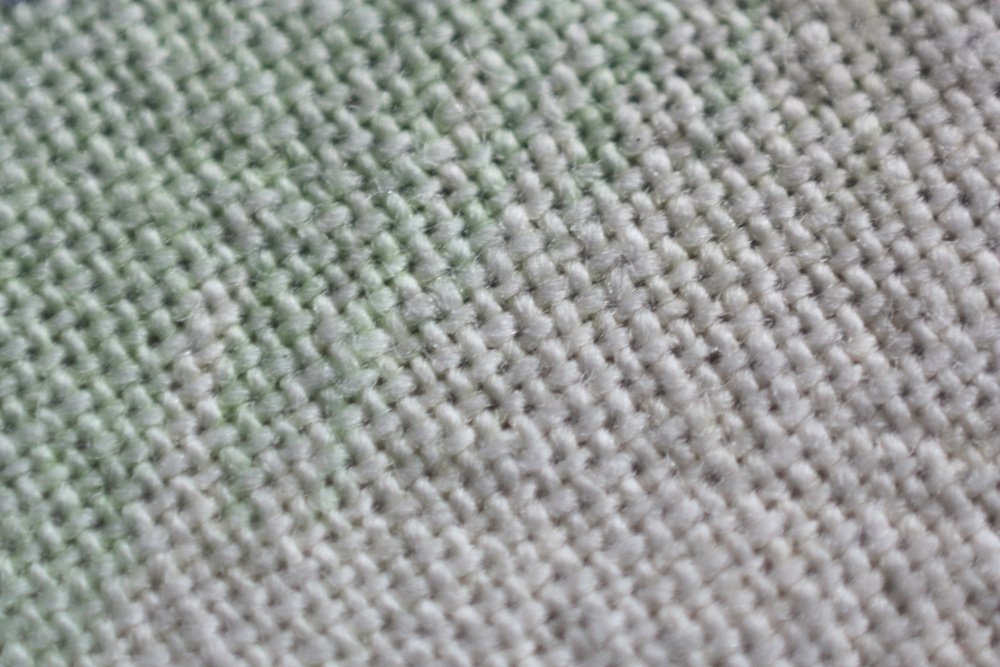
A textile is a flexible material consisting of a network of natural or artificial fibres (yarn or thread). Related words are fabric, cloth and material, although that is a more generic word.
Yarn is produced by spinning raw fibres of wool, flax, cotton, hemp, or other materials to produce long strands. Textiles are formed by weaving, knitting, crocheting, knotting or tatting, felting, or braiding.
Etymology: The word "textile" is from Latin, from the adjective "textilis", meaning "woven", from "textus", the past participle of the verb texere, "to weave".
The word "fabric" also derives from Latin, most recently from the Middle French "fabrique", or "building, thing made", and earlier as the Latin fabrica "workshop; an art, trade; a skilful production, structure, fabric", which is from the Latin "faber", or "artisan who works in hard materials".
Below is a close-up of a typical textile

Uses: Textiles have an assortment of uses, the most common of which are for clothing (for the fashion industry) and for containers such as bags and baskets. In the household they are used in carpeting, upholstered furnishings, window shades, towels, coverings for tables, beds, other flat surfaces, and also in art.
In the workplace they are used in industrial and scientific processes such as filtering. Miscellaneous uses include flags, backpacks, tents, nets, handkerchiefs, cleaning rags, transportation devices such as balloons, kites, sails, and parachutes; textiles are also used to provide strengthening in composite materials such as fibreglass and industrial geotextiles. Textiles are used in many traditional crafts such as sewing, quilting and embroidery.
By Edal Anton Lefterov - Own work, CC BY-SA 3.0, Link
Awaiting more content ...
(C) 2018 ~ 2026 Theia - Stats 